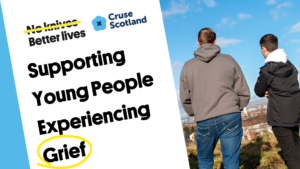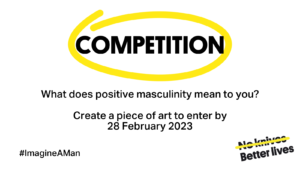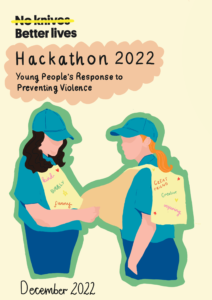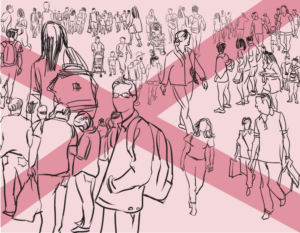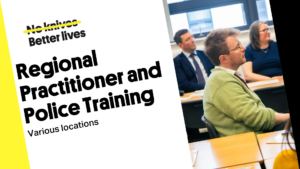Why Bystander Work Should be Central to our Knife Crime Prevention Approach
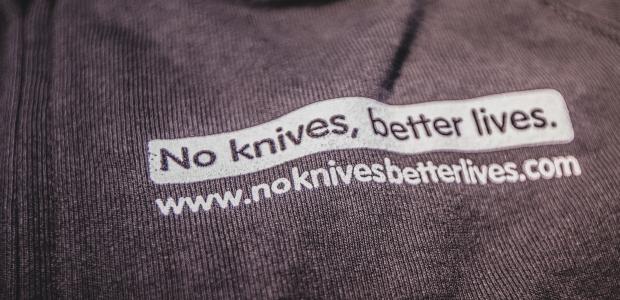
13 Sep 2018
by Orielle, NKBL toolkits, NKBL and youth work
When NKBL first started back in 2009, our approach to prevention centred on ensuring that young people were aware of the potentially devastating legal and consequences of carrying a knife, as well as supporting young people’s resilience to the influences and pressures that might lead to carrying a knife. While this approach is still important and central to the work that we deliver, it has become increasingly apparent that working more universally with all young people to empower them to challenge perceived norms around knife carrying might just be the most powerful approach to prevention.
The Bystander Approach to Violence Prevention
The bystander approach involves working with young people to breakdown and challenge perceived norms and misconceptions which often negatively influence behaviour. For example, young people often over-estimate the number of young people that carry knives. This is often a result of media portrayal and even through prevention initiatives. Where young people think that knife carrying is more prevalent than it actually is, evidence suggests that they become more likely to consider carrying a knife defensively or to participate in ‘normal’ behaviour. This gives us some insight into how behaviours like knife carrying become viral or epidemic. It makes sense then, to both avoid communicating about knife carrying in unnecessarily alarmist or sensationalist terms, but also to work with young people to bust myths around knife carrying.
The bystander approach also involves working with young people to empower them as active bystanders who have the ability to both challenge and support their peers in difficult situations which could cause emotional or physical harm.
You can find out more about the bystander approach and the Mentors in Violence Prevention programme in Scottish schools here.
What does this mean for knife carrying prevention work?
If our prevention work is concerned only with reaching, informing and supporting young people who might be at risk of making the decision to carry a knife, we will have limited impact. It’s important that we do this, but how much more impact could we have if every classroom input engaged all of the young people in the room? If we asked them, having seen the potential devastation a single incident can cause to families and communities and to both victims and perpetrators, to reflect on what they might do if someone they knew was carrying a knife? If we discussed the different ways in which they might safely intervene? If we explored with them how the idea of being a ‘grass’ fits with the role of being a friend? If we asked them to reflect on the consequences of being a bystander?
This is not just about encouraging young people to report. It’s about empowering them to make a difference to an issue that affects them, their peers and the communities that they live in. This is youth work as I recognise it.
The upcoming NKBL Youth Workshop taking place on Saturday 24th February is focused on this approach. The event is specifically for young people, with accompanying youth workers. Places are free and can be booked here.
If you’re interested in building this approach into your prevention work, download our lesson plan. Watch this space for more information on a new knife carrying scenario that we’re developing with Education Scotland and the Violence Reduction Unit that can be incorporated into established MVP school programmes.
